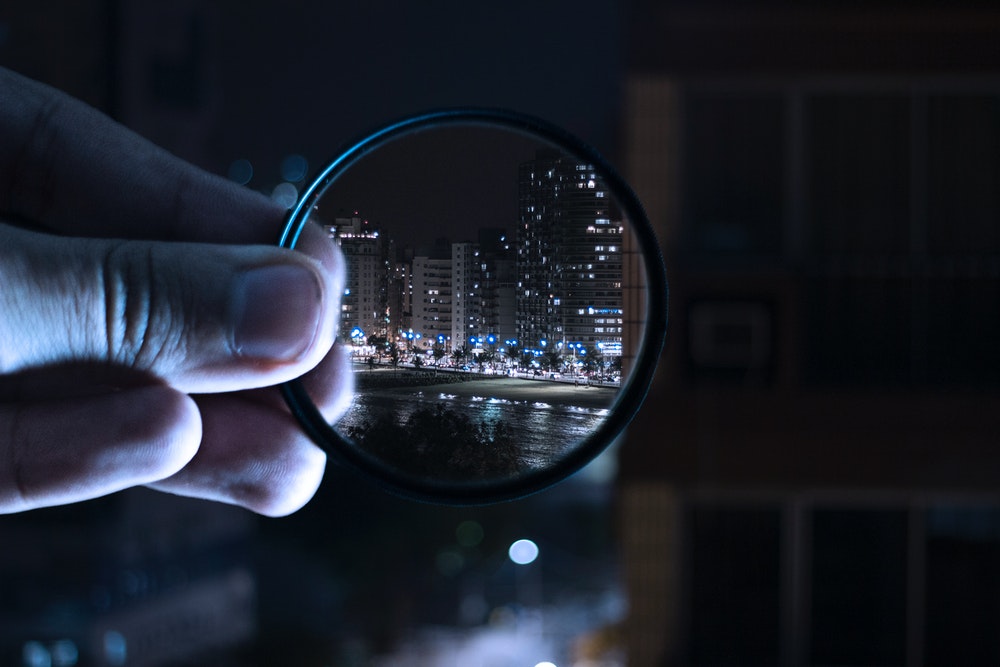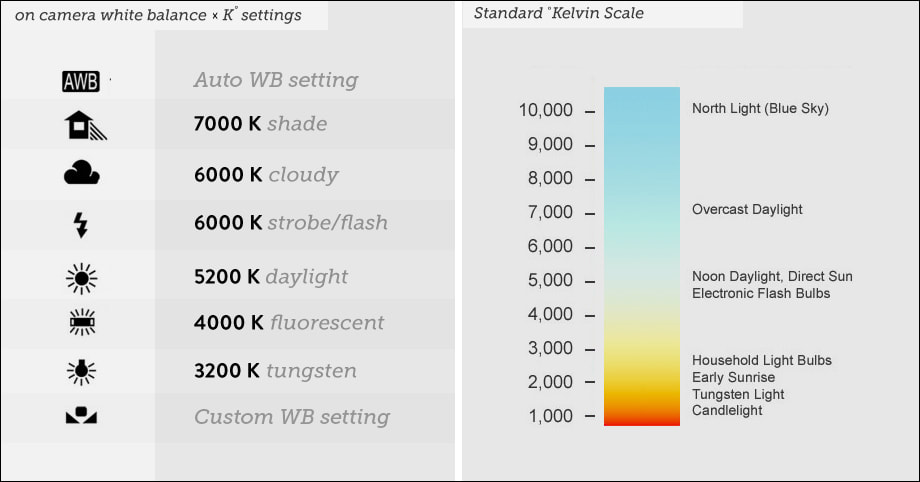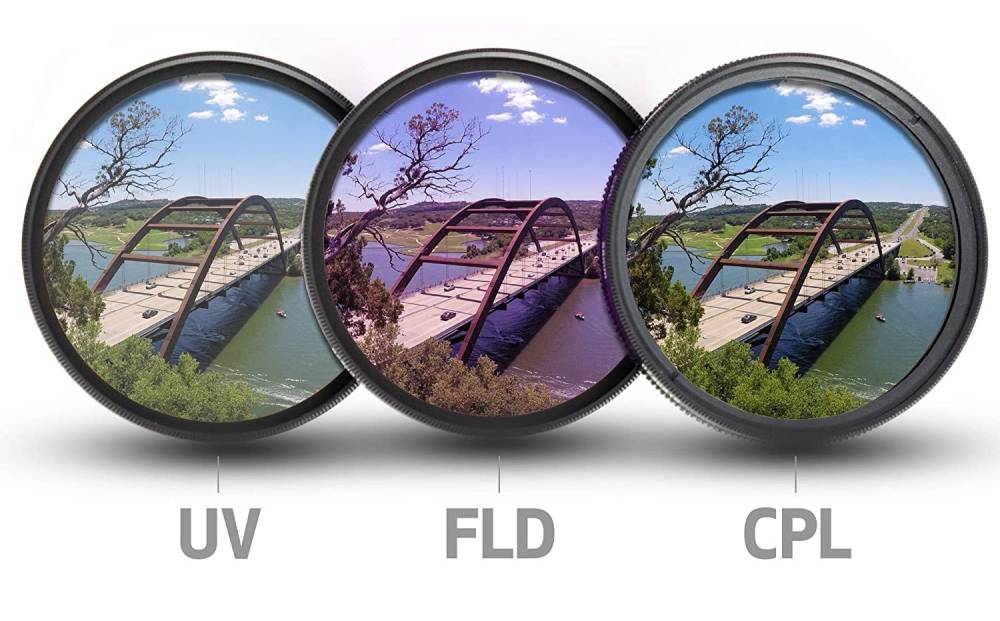Why Using Lens Filters Can Improve Your Photography

Lens filters are an important part of photography. There are several ways photographers use lens filters however if you are a beginner, you should know about the lens filters in the first place. Before talking about using lens filters, we would like to explain the lens filters.
What is a lens filter?
Lens filters play a very important role in photography. Lens filters are the equipment that is attached to the top of the lens to control the amount of light entering the lens. Apart from that, there are several other things that a lens filter does.
It reduces the reflections and glare, protects the lens from potential damage in unfavourable situations. Lens filters are also able to fully or partially control the amount of light that enters the lens at any given time. In many cases, lens filters are used to enhance the colour.
But knowing the perfect time to use the filters is the most important thing to do. If you are now aware of the time when you should use a filter, you will never get the benefits associated with its usage. And the main purpose of writing this article is to make you familiar with the right usage of lens filters.
Protects the lens
Let us start with the most basic however essential thing that the filter does to various types of lenses. Camera gear is often very expensive. And there are situations when even the most careful photographers end up breaking their stuff. So, you can avoid such damage if you are using lens filters.
When you are using lens filters, you can easily and economically replace it in the time of damage.
Changes the white balance
Lens filters play a very important role when you are outside and struggling to adjust the colour temperature in the photograph. In cases, when photographers do it without using lens filters, they have to add colour cast. However this process can be made really simple with the right usage of the filter.
In this process, you need to have good knowledge about which filter to choose based on the location. There are filters that can increase the intensity of light hence making the photograph brighter. While there are other lens filters too that can cool down the light present in the photograph.

White balance using Kelvin scale (Source)
Enhances the images
You can very conveniently enhance the images by using lens filters with special colour effects. There is a whole range of filters that you can choose from. You can go for the infra-red filters or the black-and-while filters. You can also use the sunrise or sunset filters to create stunning effects in your photograph. Such filters are very important in creating a warm effect in the photograph.
There are several other filters that you can use. If you place the mist and fog filters in the right alignment, you will be able to create some nice fog effects in the photograph. This type of filter is very important in blurring out the distracting elements from your photograph.
If you are a photographer who loves to capture saturated shots, you should choose the intensifying filters which are also called intensifiers. These filters are very helpful in intensifying particular colours without affecting the other colour tones in the image.
In most landscape or architectural photography, the sky is one of the major elements. There are sky filters that you can use to improve the colour of the sky. For landscape photographers, autumn tint filters are of great importance. These filters are very important in enhancing the brown, red, and gold shades in the photograph.
Creates movement in the static photographs
This is another important feature of using lens filters. If you are a photographer who likes to shoot static photographs, there is a specific filter for it. It is called the Neutral Density Filter. This filter is very important in creating motion in the picture.
Using these filters is very simple. All you have to do is attach the filter holder to the camera lens. Now put the ND filter in that holder. When put in the holder, this filter blocks light from entering the lens up to certain levels. Such a reduction in the amount of light entering the sensor enables you to lower the shutter speed in the daytime where bright light is available.
You can choose the right lens of this category based on your needs. These lens filters come in different varieties from 1 to 16 stops of exposure. More light will be blocked by the lens filter if the filter is darker. Here is a quick guide to help you choose the right one for specific needs.
The 6-stop filters are nice for shooting photographs in low-light situations. If you are shooting photos during dusk or dawn, these filters will work best for you.
While the 10-stop filters are best for long-exposure photography. If there are moving objects in your image that you want to blur, these lenses are the best. In landscape photography, all the photographers who like to capture the motion of clouds, water, etc. this filter would be the best.

Different colours by using lens filters (Source)
Enhances the colour and contrast in the image
Polarising filters are the best suited for such photography. The polarising filters are very helpful in reducing the reflection on the glass. In this way, natural colour is restored by using lens filters of this type. Such a thing will help you enhance the contrast in the image.
When you are taking photos of lakes, waterfalls, woodlands, and other greeneries, you should use this filter. It will help you bring more colour to the image.
You can rotate the filter to get the effect that you desire.
Photographers! Earn a $200 Sign up Bonus... |
|---|
Interested? Sign-up here(more details) |
Final thoughts
We have discussed many ways of using lens filters in this article. If you are a skilled photographer, you should consider the filter as a part of the camera. Try to use them whenever you think enhancements in the image are needed.


